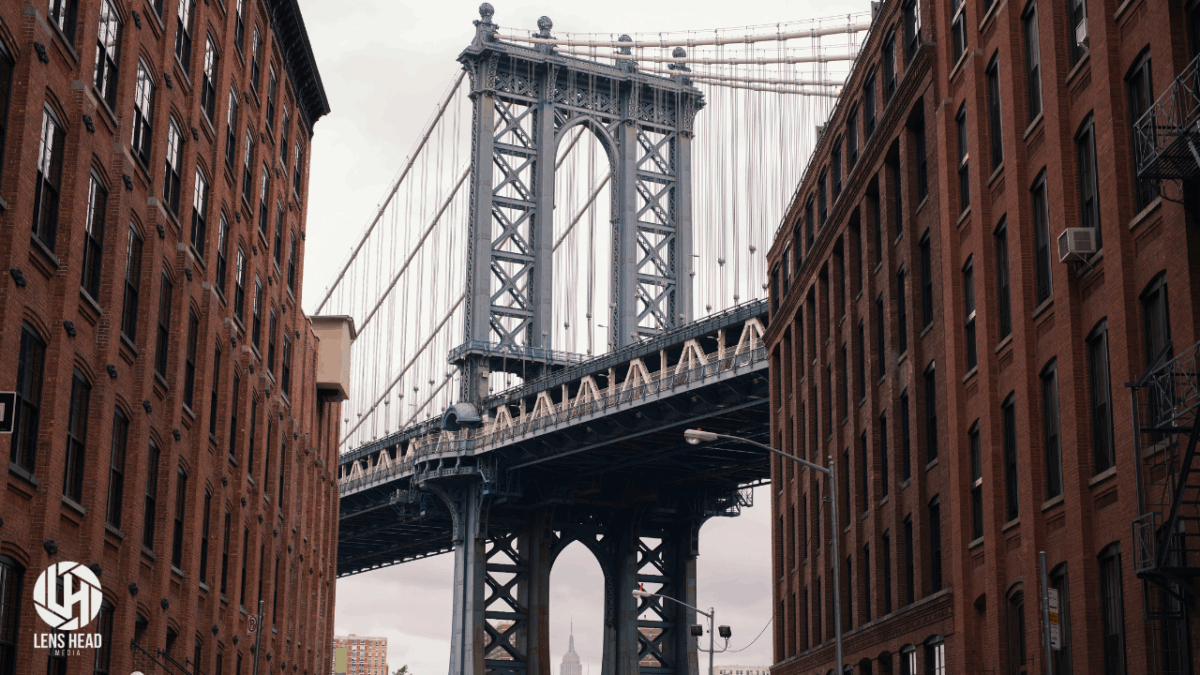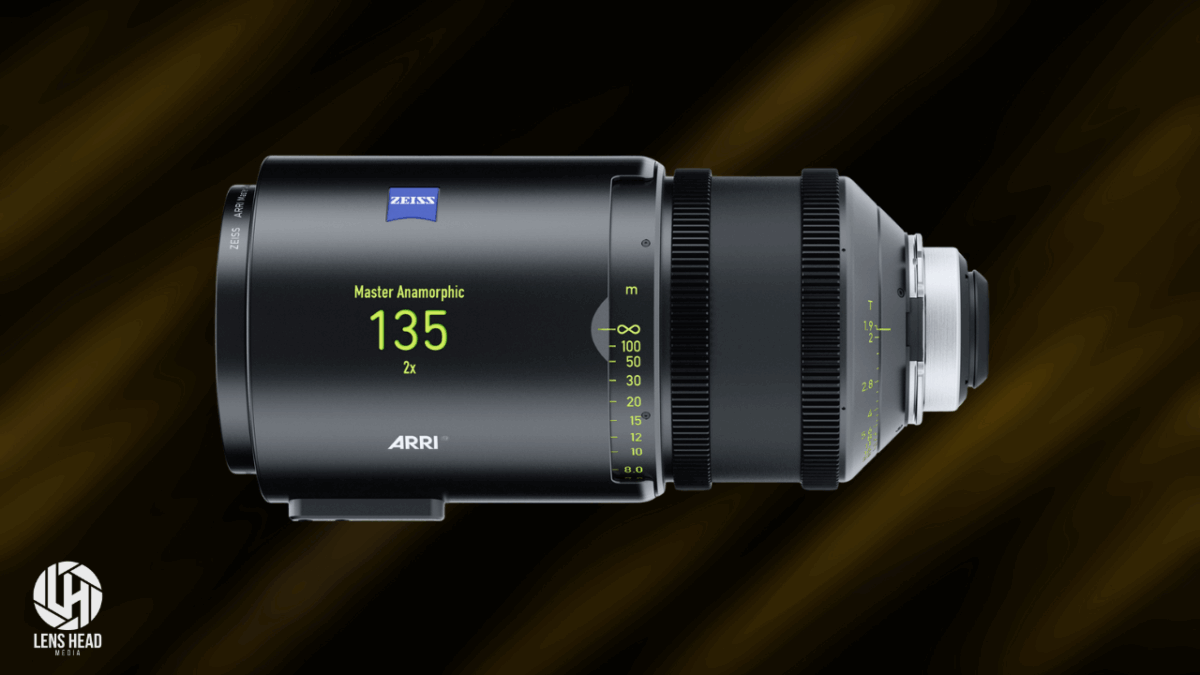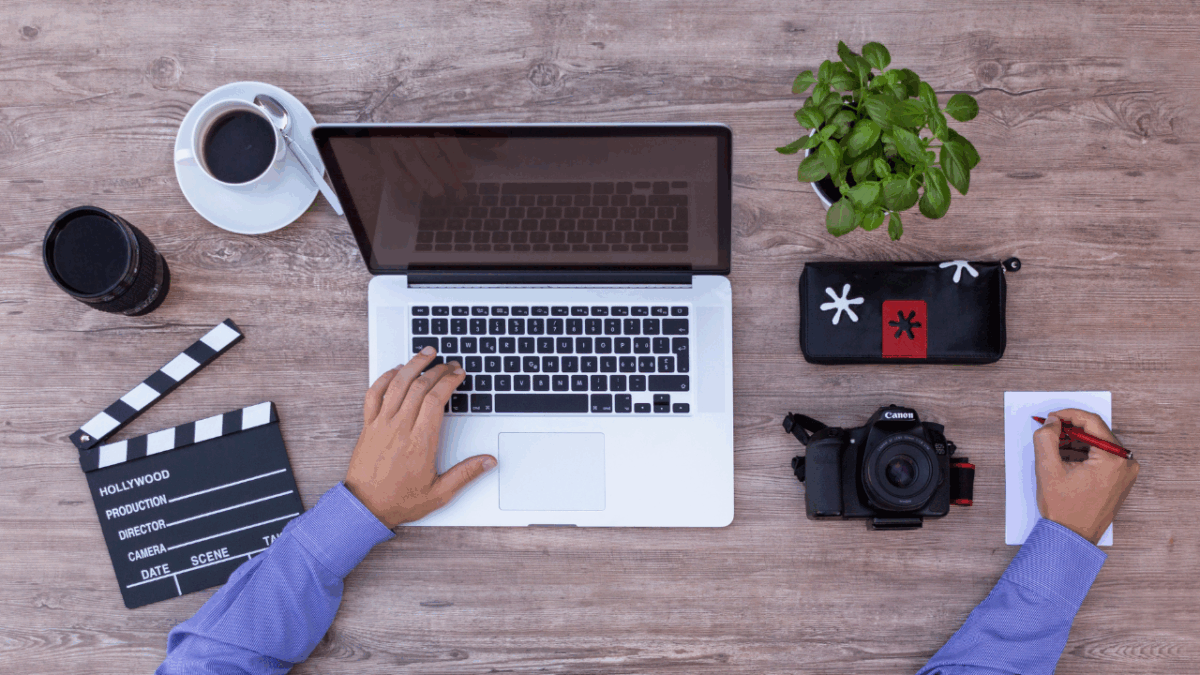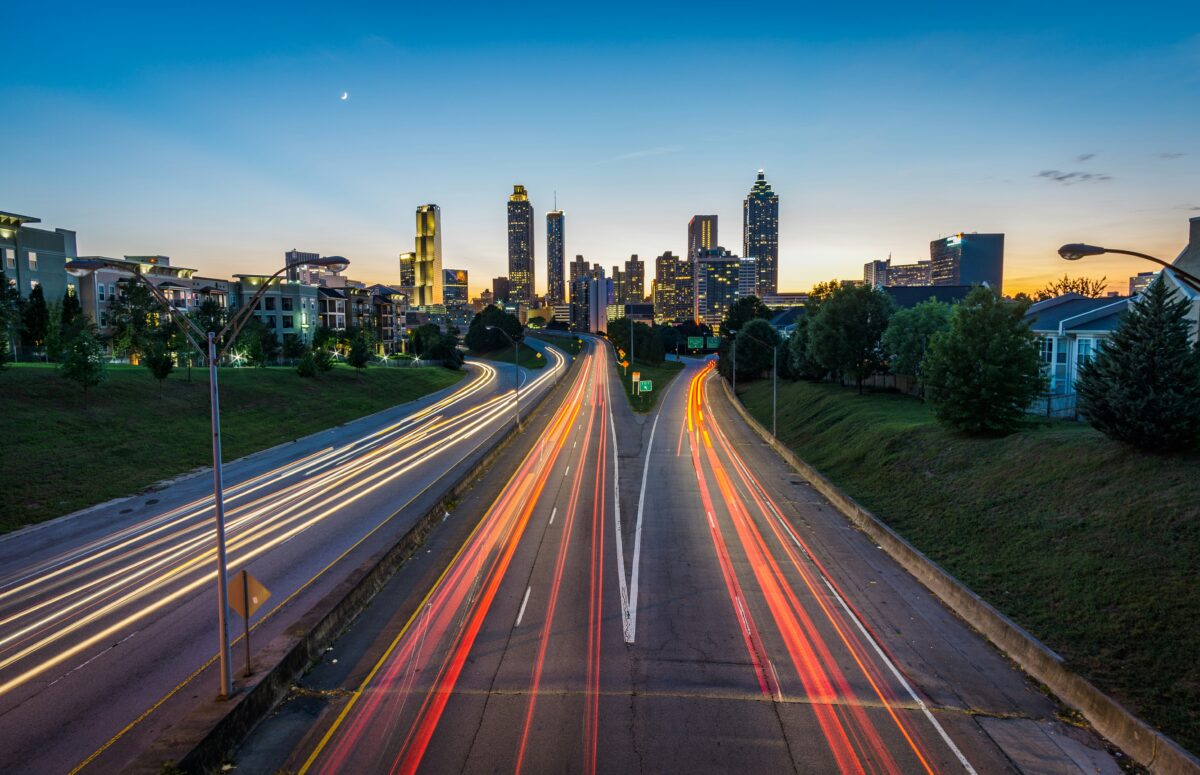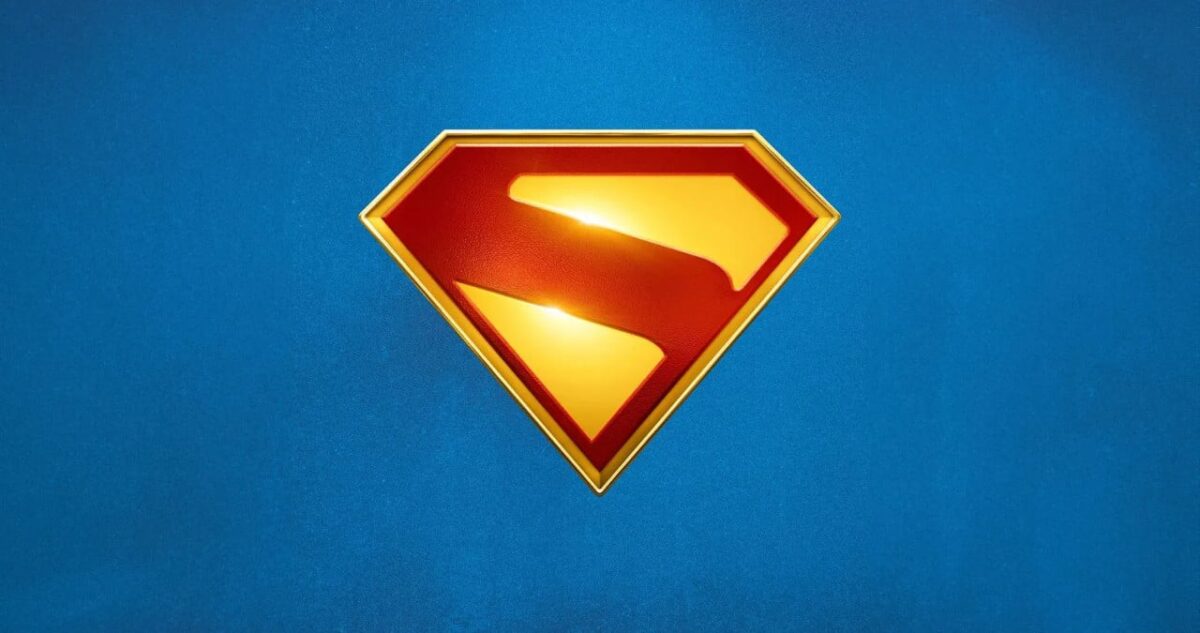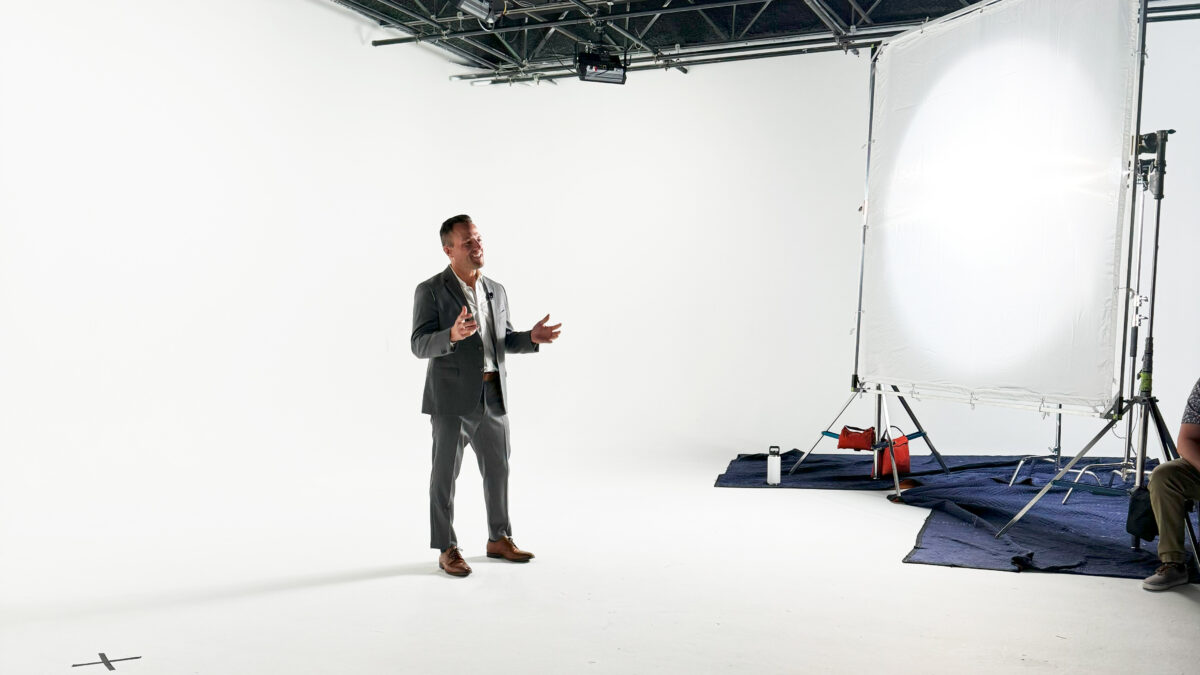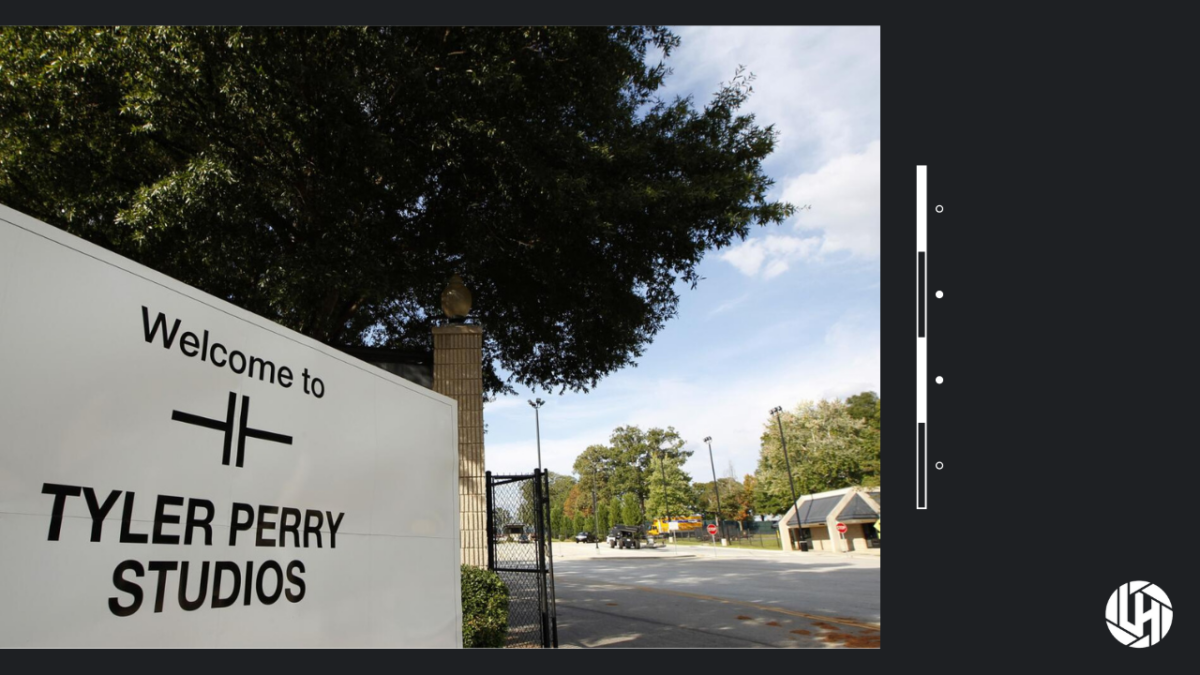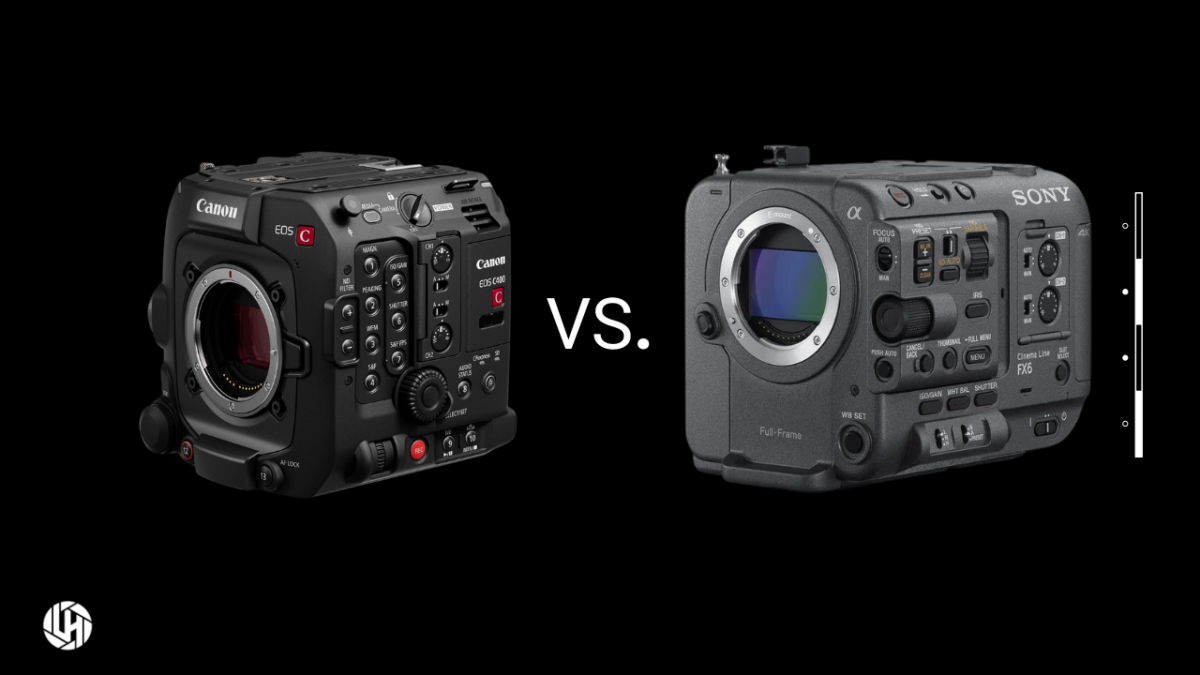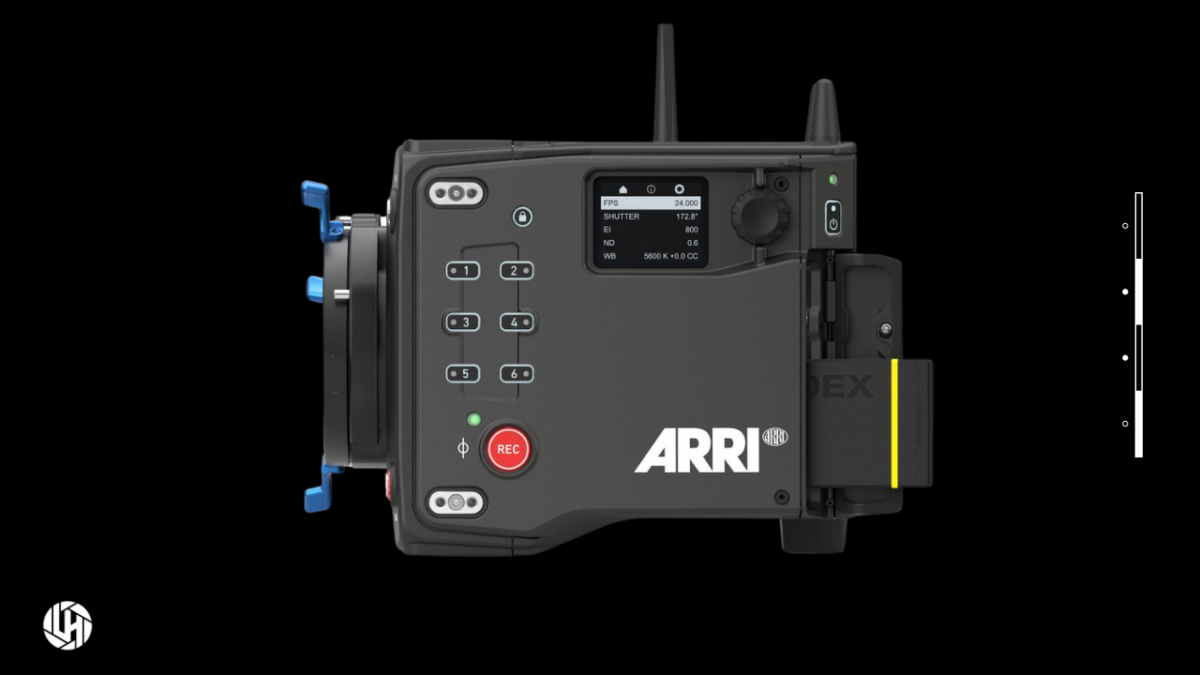Creative Video Production in New York with Lens Head Media
lensheadmedia
on
August 22, 2025
As the thrumming pulse of global creativity, New York channels the essence of dynamic storytelling into the heart of video production. At Lens Head Media, it is our pleasure to bring world-class production services to the city that never sleeps. Built on rich experience and an unwavering drive for excellence, our mission is to unfold stories that not only echo but resonate deeply against the backdrop of New York’s energy and diversity.
With its towering skylines, bustling neighborhoods, and unmatched cultural influence, New York offers a cinematic canvas like no other. Lens Head Media blends technical expertise with imaginative storytelling to deliver content that captures both the grit and grandeur of this metropolis. We are here to create powerful narratives that showcase every client’s vision through superior production quality and innovative artistry.
Embracing New York’s Dynamic Video Production Scene
New York is more than a setting; it is a character in itself. From Times Square’s neon glow to Brooklyn’s creative enclaves and the serene escapes of Central Park, every corner offers a stage for stories waiting to be told. The city’s pace, diversity, and energy make it fertile ground for video producers seeking bold, compelling visuals.
Every skyline is a storyboard, every subway ride a narrative, and every sunset over the Hudson paints a cinematic frame. The architecture provides dramatic backdrops, both modern and historic. The city’s cultural mix ignites an endless array of stories and perspectives. The thriving artistic community fosters collaboration and innovation.
In New York, creativity thrives at full volume. Whether capturing the intensity of Wall Street, the intimacy of indie art scenes, or the vibrancy of cultural festivals, Lens Head Media embraces the city’s rhythm to push boundaries in storytelling.
Capturing New York’s Unique Landscapes
New York’s character is written across its landscapes, from the towering skyscrapers of Manhattan to the industrial edges of Queens and the cultural hubs of Harlem. Each location tells a story, offering settings that can shift from iconic to intimate in a matter of blocks.
City lights create endless possibilities for nighttime cinematography. Waterfronts and bridges provide sweeping cinematic perspectives. Historic districts and neighborhoods bring authenticity and grit to every frame. At Lens Head Media, we capture this range with precision and creativity, ensuring that each project reflects the essence of New York while delivering visuals that resonate globally.
Blending Technology with Creative Storytelling
New York’s fast-moving environment demands both innovation and artistry. At Lens Head Media, we bridge cutting-edge technology with cinematic storytelling to deliver content that breaks convention.
Drones reveal sweeping aerial views of the skyline. High-resolution cameras capture the subtleties of human expression. Virtual production and immersive technologies push the boundaries of traditional filmmaking. Advanced color grading enhances New York’s palette of light, shadow, and energy.
It is not just about having the tools; it is about using them to create narratives that feel authentic, emotional, and unforgettable.
Why New York is a Hub for Video Production
New York is a global production capital, home to a thriving film, television, and commercial industry. The city offers endless locations, from Broadway theaters to SoHo lofts to iconic landmarks. It is home to diverse talent, with actors, musicians, directors, and crew from around the world converging here. The infrastructure is robust, with state-of-the-art studios, rental houses, and post-production facilities. A supportive ecosystem, with film commissions and tax incentives, encourages both large and small productions.
The city is not just a backdrop; it is an active collaborator in the creative process, fostering projects that reflect both local authenticity and global reach.
The Genres That Thrive in New York
New York is fertile ground for nearly every style of video production. Commercials capture the energy of major brands against iconic cityscapes. Documentaries explore real lives and social issues rooted in the city’s diversity. Feature films bring cinematic grandeur to theaters worldwide. Music videos are infused with New York’s raw, urban edge. Corporate and branded content reflects the power and influence of businesses headquartered in the city.
Whatever the vision, Lens Head Media crafts stories that embody the unique texture of New York.
Navigating the Industry in New York
Breaking into video production in New York requires both creativity and strategy. The city offers a fast-paced, competitive environment, but also one of immense opportunity. Building relationships within the film community is key. Staying ahead of trends ensures productions resonate with evolving audiences. Leveraging New York’s professional networks and film resources accelerates growth.
Lens Head Media brings guidance and experience to help clients and collaborators navigate the city’s industry landscape with confidence.
Authentic Storytelling with New York’s Spirit
At Lens Head Media, we believe authenticity is the heartbeat of impactful storytelling. New York is not just about landmarks; it is about people, neighborhoods, and the diverse cultures that fuel the city’s identity.
By integrating these communities into our productions, we craft narratives that feel genuine and deeply connected to the city’s fabric. This authenticity is what makes content truly resonate, whether for local audiences or the world stage.
The Advantages of Producing in New York
Producing in New York means tapping into a limitless variety of locations within a single city. A robust creative workforce is always ready to collaborate. Global visibility naturally follows from filming in one of the world’s most recognizable cities. And opportunities flow year-round, fueled by the city’s unrelenting energy and constant demand for content.
Here, every project becomes a vibrant mosaic that combines artistry, innovation, and New York’s unique personality.
Conclusion: Shaping the Next Chapter in New York Video Production
New York is more than a city; it is a stage for the world’s most ambitious stories. At Lens Head Media, we are proud to contribute to its legacy by creating productions that combine cinematic artistry, authentic storytelling, and cutting-edge technology.
Every project is an opportunity to capture the spirit of New York and share it with the world. With each frame, we aim to push creative boundaries, illuminate new perspectives, and craft narratives that stand the test of time.
In the city that never sleeps, the stories never stop, and at Lens Head Media, we are here to bring them to life.
FAQ
What can I expect from New York video production with Lens Head Media?
You can expect a blend of creativity, professionalism, and passion for storytelling. Our team offers full-service production, from concept development to final delivery, using imaginative techniques that make your project stand out.
Why is New York a hub for video production?
New York offers iconic locations, diverse talent, advanced infrastructure, and strong industry support. These elements create a thriving production environment that accommodates everything from feature films to branded content.
How does Lens Head Media capture New York’s unique spirit?
By combining cutting-edge technology with authentic storytelling, we create visuals that reflect both the energy of the city and the nuances of its communities. Each project is rooted in honesty, creativity, and cinematic excellence.
What types of projects thrive in New York?
Commercials, documentaries, feature films, music videos, and corporate productions all find a natural home in New York. The city’s variety of backdrops and cultural richness allow for boundless storytelling possibilities.
How can filmmakers navigate the New York video production industry?
Success comes from building strong relationships within the film community, staying ahead of industry trends, and leveraging the resources New York provides. Lens Head Media’s expertise helps guide clients and collaborators through this landscape with confidence.
Why is authentic storytelling important in New York video production?
Authentic storytelling ensures that content resonates with audiences by reflecting the real essence of the city and its people. In New York, where diversity and culture define everyday life, authenticity makes stories powerful and memorable.
What advantages come with producing video content in New York?
Productions in New York benefit from global visibility, limitless backdrops, access to top creative talent, and a vibrant year-round production environment that fuels innovation and storytelling excellence.
